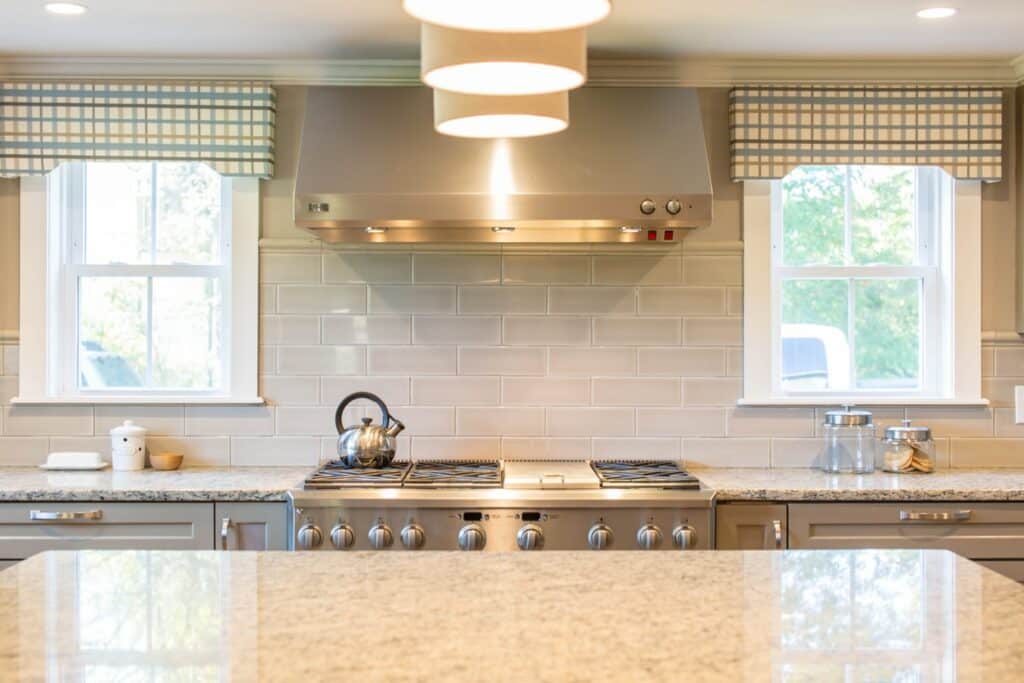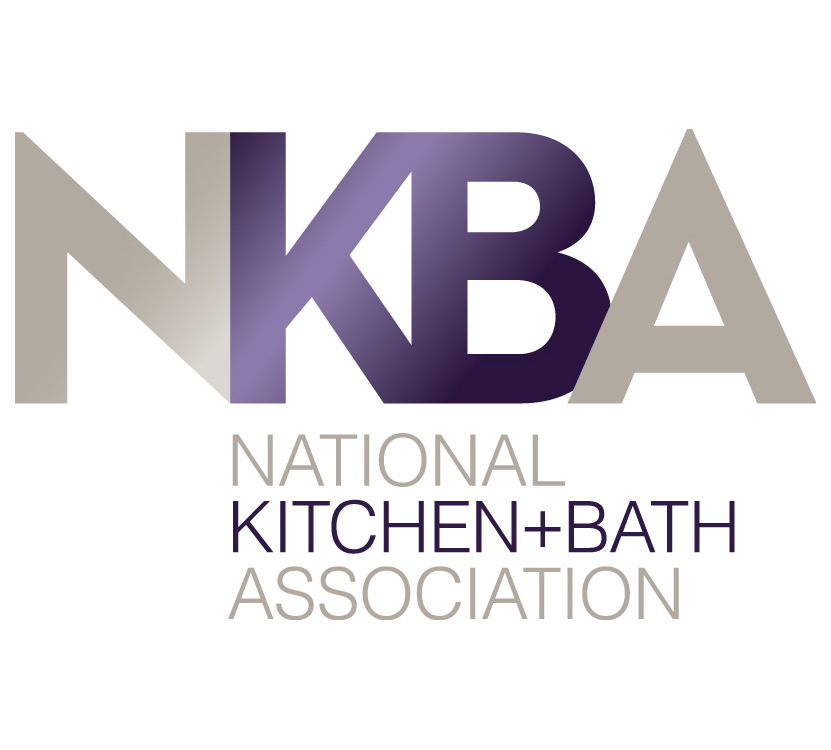
Choosing a material for your design is a big decision, and you’ll definitely want to consider all of the available options before making the call. Most people are familiar with materials like granite, quartz, and marble – but what about lesser-known options like schist? Today, Cosmos SurfacesTM will take a deep dive into the topic of schist vs. granite. We’ll explain the important differences between these two amazing natural stones, and discuss some things to consider when trying to decide between them for a kitchen, bathroom, or another renovation project.
What is Schist?
Schist is a metamorphic rock made mostly of mica mineral, formed under the heat and compression of tectonic forces. It has mica grains large enough to see with the naked eye, which means it glitters and sparkles. Mica is made up of thin, sheet-like layers of atoms that reflect light like a mirror. Schist also often contains quartz, which gives it much more strength than if it only contained mica. Depending on the type of schist, it can also contain other minerals, such as garnet and hornblende. These eye-catching combinations of minerals mean that schist is available in a variety of stunning colors and patterns.
What is Granite?
Granite is an igneous rock, which means it forms in a magma chamber over millions of years (or more). It starts out as molten rock and cools underground. The rate of cooling affects the size of the crystals it contains, as well as how uniform in size these crystals are. That’s why granite also comes in a variety of colors and patterns, including luxurious black granite.
Schist Vs. Granite: What’s the Difference?
So schist is metamorphic and granite is igneous. But what does that mean in terms of how these materials can be used in a design? Some types of schist are even categorized as granite, which makes it even harder to tell the difference. Let’s compare some of the most important physical properties of these natural stones that may impact their use in design applications:
- Hardness and Durability: Granite is extremely hard and dense. You’ll see it used in places where durability is most important, including bridges, building facades, monuments, and more. Granite is extremely heat- and scratch-resistant, since it was is formed under higher temperatures and more pressure than schist.
Schist runs slightly more risk of being scratched or etched. Its durability depends on how much mica it contains. New York City’s skyscrapers are built into schist bedrock, which goes to show how strong it can be. But the higher the mica content, the more schist is prone to splitting along planes of weakness. That means designers and homeowners should be wary of using schist in places where it will hang over an edge without support, such as an overhanging countertop. Ask for a sample from your natural stone slab supplier so you can test the hardness of the schist you are considering. Examine the edges and look for signs of splitting along the mineral layers. A less durable schist is better for lower-traffic areas like fully supported countertops, walls, backsplashes, fireplace surrounds and wall accents.
- Porosity: Compared to a material like manufactured quartz, both schist and granite are porous. This means they both need to be sealed to prevent stains and absorption. Most fabricators will apply a sealant before installation and explain any additional sealing that needs to happen over the life of the stone (about once every 10 years depending on the type of sealer being used). Wiping up spills and substances promptly will help prevent staining in both schist and granite.
- Maintenance: As with any natural stone, schist and granite require regular maintenance to keep looking their best. Wiping up spills, using trivets under hot objects, and using gentle cleaning products or cleaners developed specifically for natural stone is all that is required for daily maintenance of these natural stones. Because of its durability, granite is less likely to need repairs or resurfacing. With proper care, schist won’t need these either.
- “Look” and Style: Both schist and granite are available in a wide array of colors and patterns. Schist has a trademark sparkly appearance because it contains mica and other minerals. Depending on the size of the mineral grains, it can appear to have a fine shimmer or a full-on glitter. This distinguishes schist from granite, which generally looks warmer and less sparkly. Schist is perfect for a brilliant, lustrous design that catches the light – and the eye.
Two Amazing Natural Stones
Schist and granite are both stunning natural stones that are perfect for countertops, walls, floors, backsplashes, and much more. Talk to your supplier to figure out how your needs line up with their properties. Do you need an ultra-durable material for your entryway, or a backsplash that glitters with stunning mineral patterns? The experts at Cosmos SurfacesTM are ready to help you decide on a schist or granite from our diverse collection to complete your design.
Color of the Month: Ultramarine Green
This month’s featured trending color is Pantone 18-5338, Ultramarine Green! The Pantone Color Trend Report says, “Ultramarine Green, a deep cooling blue-green, exudes self-assurance and poise.”

Botanic Green fittingly gets its name from its leaf-green color. Native to Brazil, this quartzite is also known as aqua, due to its silvery metallic sheen that resembles the calming teal waters of South America. Botanic Green looks great in kitchens, bathrooms, aquatic settings or next to rich and lush plant-life. Quartzite is resistant to scratching, staining, and fading, and the beauty is unmatched.












